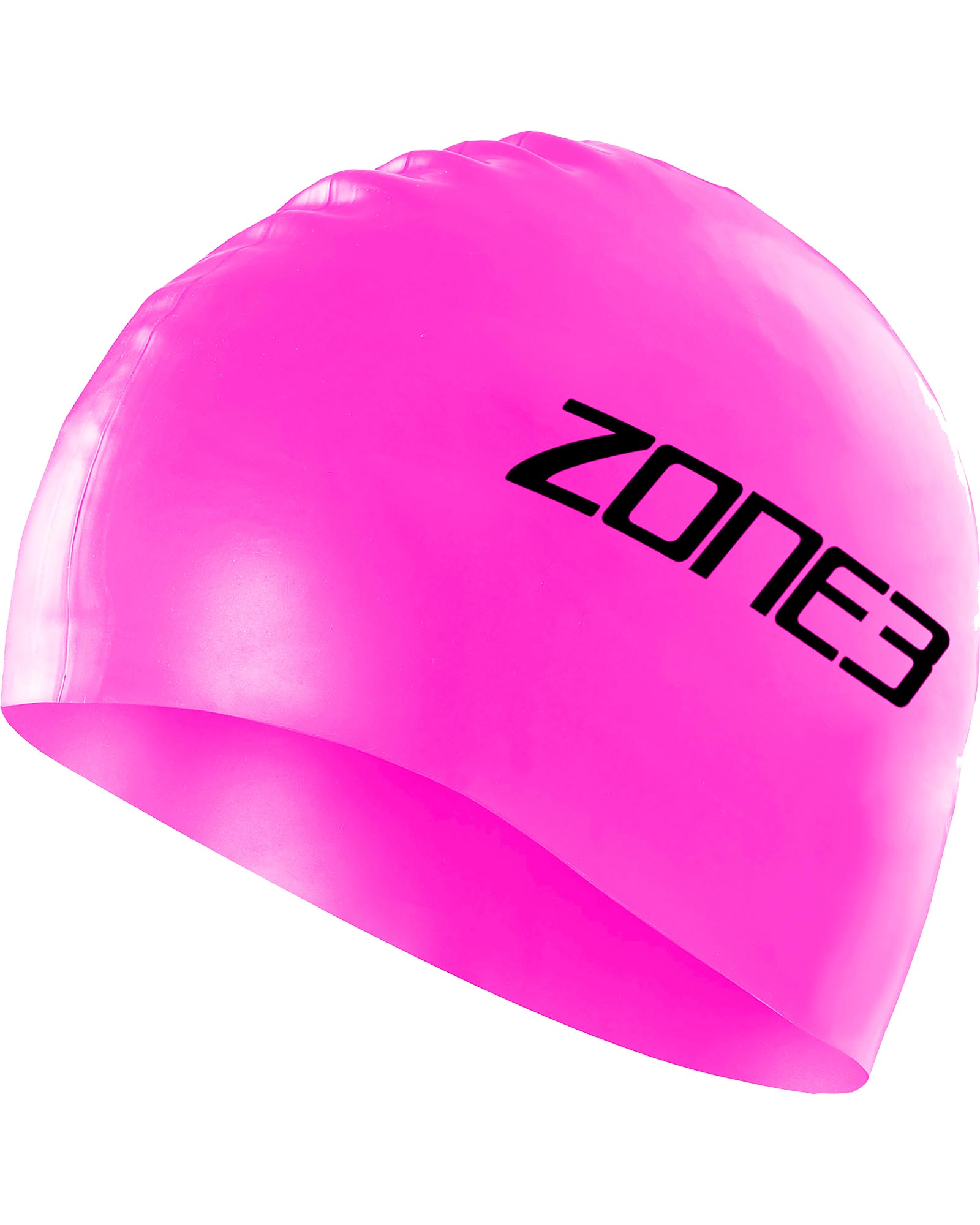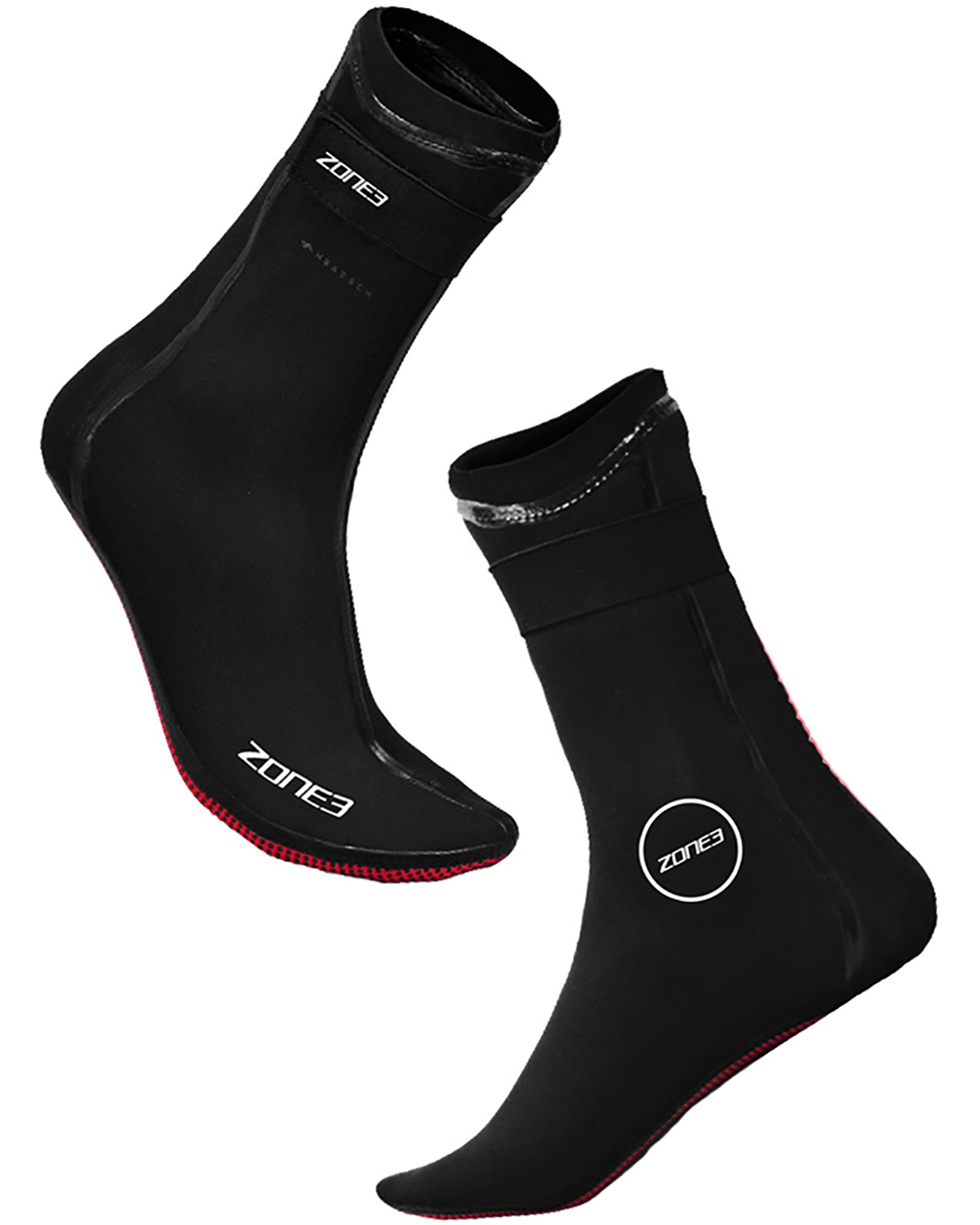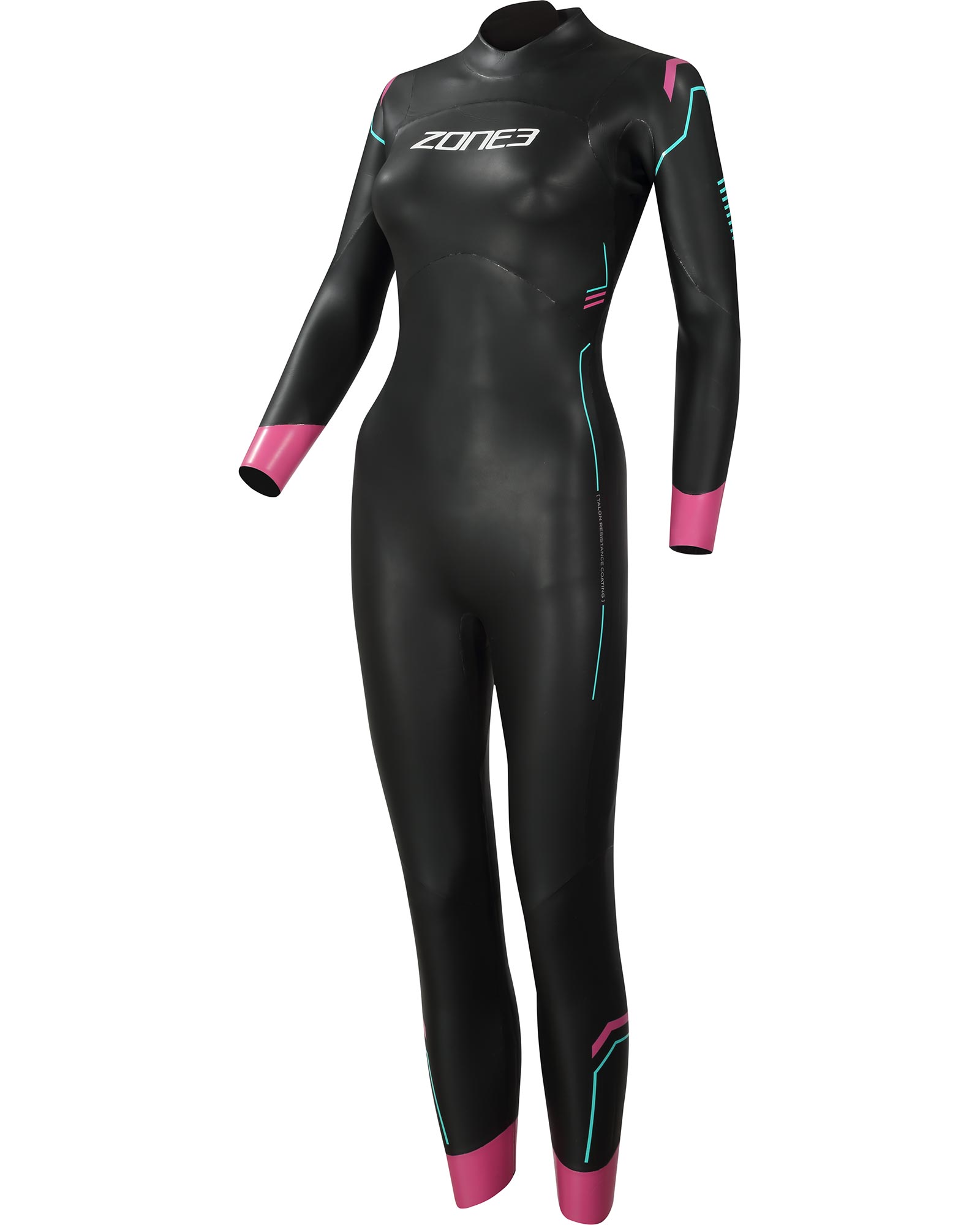Wild Swimming: How To Take The Plunge
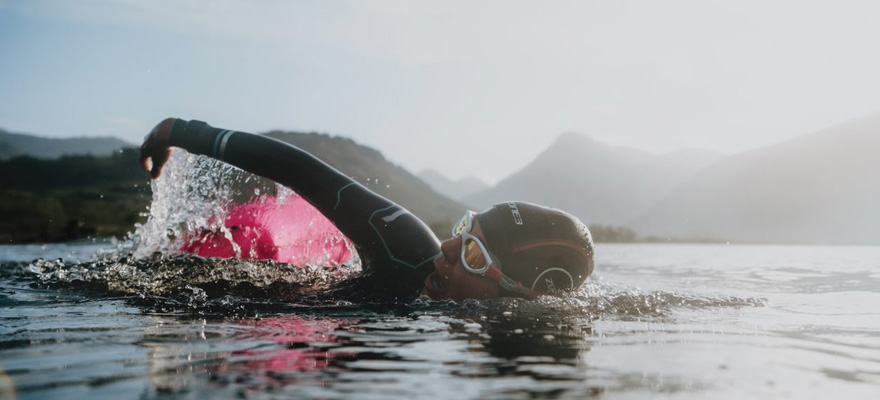
Photos: Pete Elliot
It’s one of the fastest-growing sports in the UK, but wild swimming can still carry risks. Expert Carys Matthews talks you through how to minimise them.
What could be more refreshing than a cold-water swim in a glistening freshwater lake, leafy river, or secret coastal lagoon? A natural tonic to the stresses and strains of modern life, wild swimming has surged in popularity in recent years—notably during the coronavirus pandemic—with more of us seeking the delights of a natural dip.
In the UK you’re never very far from a wild swimming spot with hundreds of lakes, lochs, rivers, natural pools, and a beautiful coastline all waiting to be discovered. Whether you’re a seasoned cold-water enthusiast or warm weather dipper, alfresco swimming is the perfect way to connect with nature, boost your physical and mental health – and have fun!
Swimming is a great low-impact, cardiovascular workout, and cold-water swimming has added health benefits. Some studies suggest it could even help you live longer. A 2017 Swim England study found cold-water swimming can boost immunity, is good for heart health, improves circulation and reduces inflammation. The benefits aren’t just physical either – wild swimming is also good for your mind. Researchers from the British Medical Journal found that regular outdoor swimming is effective in treating depressive disorders.
If you experience a sense of well-being after a wild swim this is because cold water immersion can help to trigger a release of dopamine and serotonin, the body’s feel-good hormones. Further studies have found that ‘green exercise’ intensifies the mental health benefits, which explains why so many of us love to swim in nature.
There’s real joy to be found in wild swimming, but before you take the plunge, here are six pieces of essential advice you need to know.
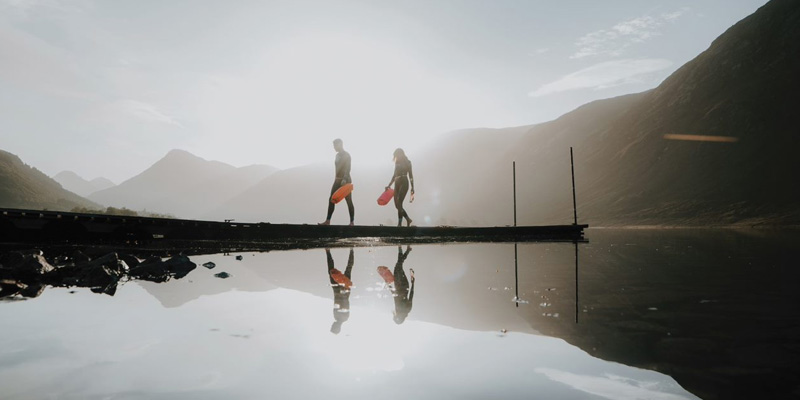
Assess Your Surroundings
As with any outdoor pursuit, wild swimming comes with an element of risk, so learning how to do it safely is vital. Each year, as the number of participants in the sport increase, so do the number of water-based injuries and fatalities. Following simple swim safety guidance will help you avoid hurting yourself.
Avoid the temptation to leap straight in and take a moment to assess your surroundings. Create a quick mental checklist before you get in, including the following key questions: Can you easily enter and exit the water? Is there a current? Is there a hidden obstruction under the water which could cause injury?
Be aware that water temperature and flow can vary considerably depending on the weather conditions. Open water is generally quite cold (even on a hot summer’s day) and can also be very deep, so you need to be confident staying afloat and swim within your abilities. The key piece of advice here is to make sure you always have an escape plan should you need to exit the water quickly.
Learn How To Read Currents
Coastal waters can be especially unpredictable with powerful undercurrents or riptides hidden from plain sight, but rivers or lakes can also have a strong current or ‘chop’ depending on the weather. Even the strongest swimmer can quickly find themselves in trouble. If a river or lake looks inviting, it is worth first checking the flow of the water by throwing a stick in and seeing how fast it moves.
I learned how overconfidence can be dangerous during a choppy sea swim in Devon. It was a stretch of coast I regularly swim, but on this occasion, the current was particularly strong and I got caught in a riptide which dragged me away from the shore. If you find yourself in a riptide, try to stay calm and float on your back. Don’t try and swim out of the rip, simply let the flow of the current push you to safety. I managed to navigate myself out of the riptide, but it gave me a fright, and I felt quite exhausted afterwards.
Take Time To Acclimatise
The body’s ability to acclimatise to cold water is quite incredible, but it doesn’t happen overnight. It is important to gradually build up your tolerance. You can do this in a number of ways – from braving a cold shower for a minute or two daily to taking regular cold-water dips and gradually increasing the time spent in the water. By the end of the summer, the water temperature is at its warmest, but it is still important to build up your acclimatisation steadily. I swim regularly in quarries which are very deep and cold even in the summer months. I usually find it bracing at the start of the season, but by swimming twice a week in the cold water I am always amazed at how my body adapts.
It can sometimes be tempting to dive straight in, but this can cause a reaction known as cold-water shock, which can be dangerous – particularly for those with a heart condition or high blood pressure. Reduce the risk by slowly immersing yourself into the water, taking a few moments to adjust.
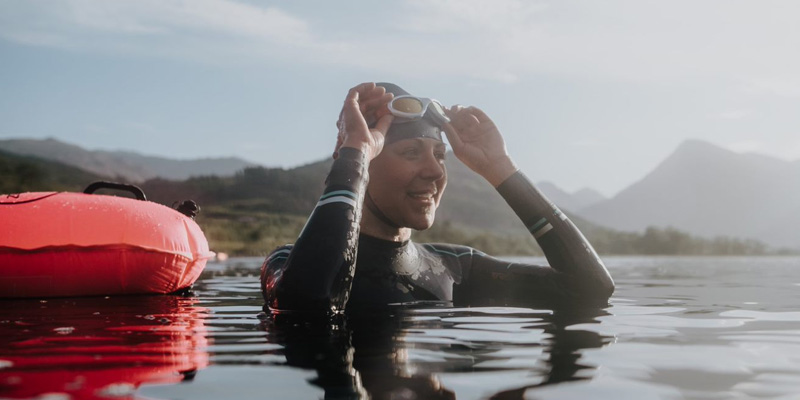
Don't Get Too Cold
Hypothermia comes on gradually and you may not immediately notice it. It often starts with a feeling of tiredness, and you may find your ability to make decisions impaired. Wearing a wetsuit can reduce the risk but it is still possible to get very cold even if you’re head to toe in neoprene.
Be aware that cold water restricts blood flow to arms and legs to protect vital organs so it can become harder to swim the colder you get. If the water is very chilly, make sure you leave yourself with enough energy to swim to safety. If you find yourself getting cold, then exit the water and warm-up by drying off and putting on several layers of clothes, including a hat. Try to keep moving by walking and sip a warm drink.
Swim With Others
Joining a swimming club is a great way to swim safely outdoors and have fun socialising with other like-minded people. Many swim groups can help introduce you to new swimming spots safely and help build your water confidence. A simple search for wild swimming groups online is a good start. The Outdoor Swimming Society is worth joining too. It’s the biggest wild swimming group in the UK with more than 30,000 members and joining is free.
One of my favourite wild swimming clubs is my local club at Farleigh Hungerford along the River Frome. It was founded in 1933 and is the oldest in the UK.
Get The Gear
Of course, you can take the plunge with just a swimsuit, towel and possibly a pair of goggles. However, the right gear will make the experience much more comfortable and if you want to swim in the colder months or for longer periods of time, a wetsuit and neoprene boots, gloves and the other gear listed on this page are a must. A brightly coloured swim hat or tow-float is also a good idea if you’re swimming in large bodies of open water for safety as it makes you easier to spot should you get into difficulty.
Wild Swimming Gear
Zone3
Swim Safety Buoy / Dry Bag - 28L
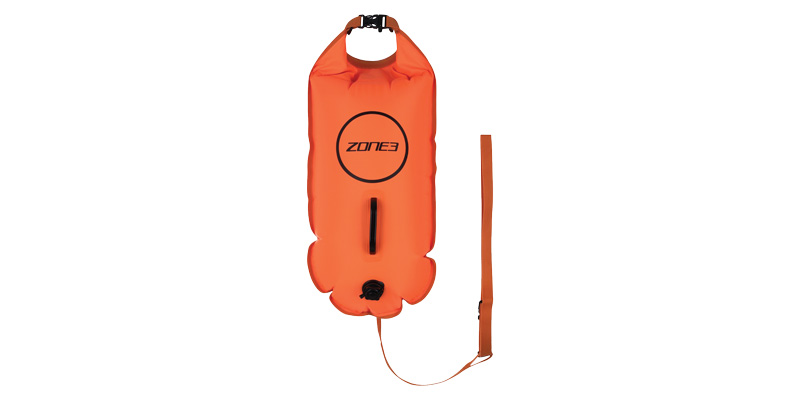
- Price: £33
This Swim Safety Buoy ticks all the boxes - providing extra visibility, an emergency float in case of tiredness or cramp, and incorporating a dry bag for your car keys or a phone. It’s also specifically designed to be leashed out of stroke range, so it won’t hinder progress.
Dryrobe
Advance Colour Long Sleeve
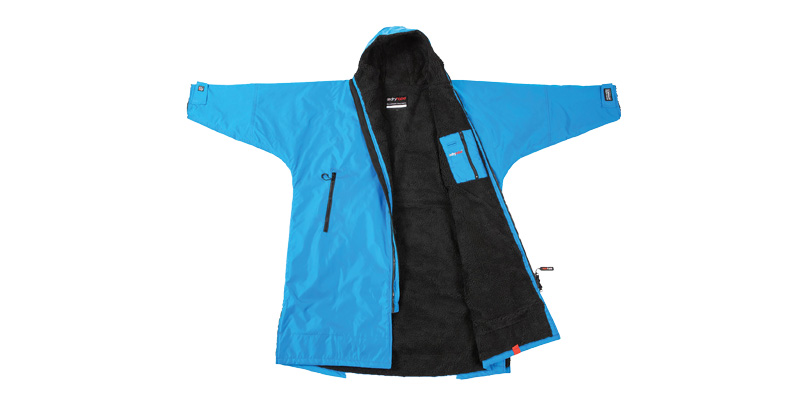
- Price: £160
A real touch of luxury for open water swimming is a nice warm, fleecy robe to snuggle into and get changed underneath, adding comfort and decorum into an otherwise tricky manoeuvre. The outer shell is also windproof, rainproof and breathable for those mixed weather days.
Zone3
Agile Women's Wetsuit
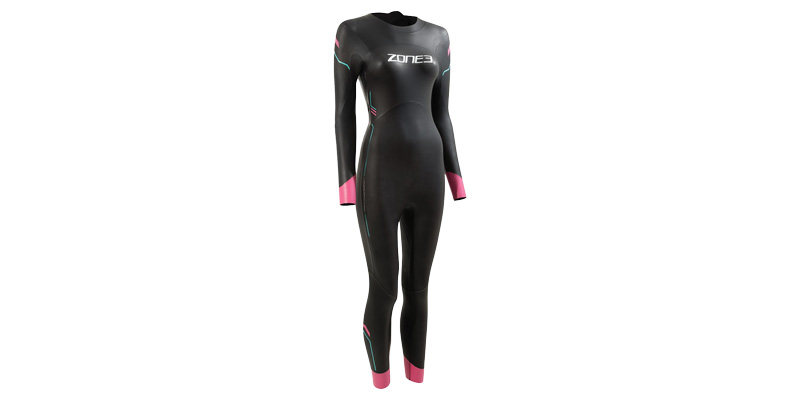
- Price: £200
Adding warmth as well as buoyancy, the Agile wetsuit makes ingenious use of different neoprene thicknesses - 2mm, 3mm and 4mm panels - to create a more streamlined profile. The material is also derived from limestone and scrap rubber tyres, scoring serious sustainability points.
Zone3
Silicone Swim Cap
![]()
- Price: £6
They might look a little silly on dry land, but swimming caps are simple, effective, and essential for open water swimming. They make you vastly more visible and safe, while adding barely any weight or cost, and reducing drag. Designed for a comfort fit, this is one to keep in the kit bag at all times.
Zone3
Vapour Goggles
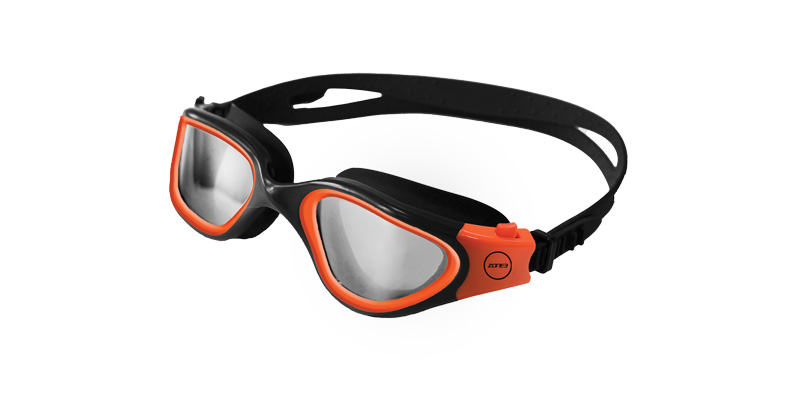
- Price: £40
A quiet stroke of genius, the Vapour Goggles are not only super comfortable, but feature photochromatic lenses, which darken in bright conditions and remain clear in low light, so you can see in either. They also offer wide-angle lenses, and 100% UVA/UVB protection too.
Zone3
Heat-Tech Warmth Socks
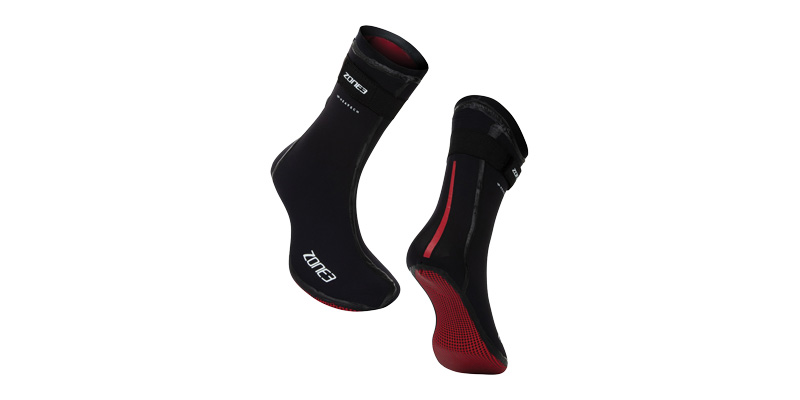
- Price: £40
Swim socks can make a huge difference to comfort levels in the off-season months, and these really pack a punch thanks to the titanium lining, which reflects body heat to boost warmth. The main material is 3.5mm neoprene, which is good for most months of the year in the UK, if you’re staying active.
Zone3
Neoprene Swim Gloves
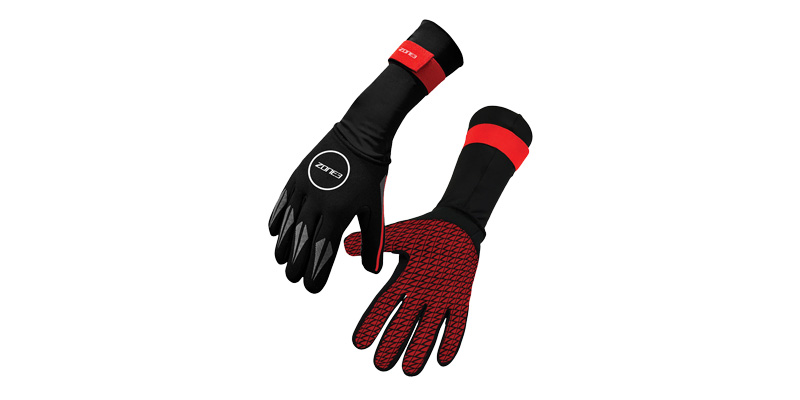
- Price: £30
When temperatures drop, gloves are your friend, alongside swimming socks. These 2mm-thick, long wristed versions will keep the cold off beautifully by covering the wrist too. A grippy palm covering combined with natural, non-webbed fingers means safety isn’t compromised.

